Mitsuru (Man) Senda *1941, architect, Tokyo
Born in Yokohoma, Japan. Graduated from Faculty of Architecture of Tokyo Institute of Technology in 1964. Established Environment Design Institute, Tokyo in 1968. From 1982 on he was Professor, at Ryukyu University, later at Nayoya Institute of Technology and from 1992 on at Tokyo Institute of Technology.
A crucial element for Send’s play environements is the vertigo (illinex) as Roger Callois described it: „The pursuit of vertigo … consists of an attempt to destroy the stability of perception and inflict a kind of voluptuous panic upon an otherwise lucid mind.“
Most of Senda’s Play structures are based on circularity:
„An investigation of children’s behavior revealed that on equipment which encourages games, play follows a circular route. Most playground games involve some form of chase and so include a natural end to the route. An investigation of primal landscape taught me that children stake out a playground they can run around but one with a shortcut, and further that this playground always has a open area where the children may gather. These structural elements of play form the thesis of my essay.
And, looking further into the circular route, the shortcut, and the necessary gathering spot on playgrounds, in architecture and at parks, I found that within this circular route the experience of some confusion is necessary. Also, a high space, place or thing is necessary as a symbol, and that overall the encircling route must be loose, offering several points of choice or diversion from the route, in other words, spatially full of holes.“
(Zitat: Process: Architecture No 79, Environment design. Strategies of Man Senda+Environment Design Institute, p. 4.)
The Giant Play Structure in Sendai was the first play sculpture in 1968. The idea behind it was that play structures must be in the nature of large trees. In 1982 Senda published a paper presenting a new type of play structure, the circular play system: sculptures called Circulation, G Play Structure, Fortress of Winds, Möbius Band, Orbic, Running circle, Maze Place.
Community play structures structures are based on two concepts: the group play and the aesthetic value: „Play structures must be public art just like sculptures.“ They are called Escargot, Ping Pong, Cosmos, Abacus Slider, Panel Tunnel, House of Winds, Sky Net, W Station, Bid Seesaw, Red House, Red Shoe, Möbius Ring, Tubie I and II, Super Log, Big Horn. They were designed for mass production, or in other words were created as industrial design, produced 1979 by Kotobuki, a Japanese furniture maker.
(Senda, 1992, pp. 20-75.)
Circular Play Systems
– there must be an overall circulation of play
– children must be able to experience variation within the circle.
– the circle must contain a symbolic high point.
– the circle must contain a place where children can experience „dizziness“.
– the circle must contain large and small gathering places.
– there must be shortcuts
– the circle must be accessible through a number of points so that it comprises a „porous“ space.
List of works of Mitsuru Senda / Environment Design Institute Tokyo (kindergartens, playgrounds, children’s centers, parks, museums)
Green Note Day Nursery
Ichinodai Kindergarten
Kachigawa Kindergarten
Ligura Day Nursery, Ligura After School club
Yuyu-no-Mori Nursery School and Day Nursery
Yotsukaido Satsuki Kindergarten
Takiro Elmentary School, Tajim
Kobato children’s Library
2000-2004
Wakakusa Day Nursery
Akita Taiheizan Nature Learning Center
Houtoku Kindergarten
Saku Children’s Science Dome for the Future
Hamamatsu children’s Center
National Center for Child Health and Development
Nanao Bridge Play Structure
Kainan Wanpaku Park
1995-1999
Oasis Park
Fugan Canal Park
Fukui Children’s Science Center
Mukaigaoka Elementary School, Kawasaki
Aichi Children’s Center
1990-1994
Asahikawa Shunkodai Park „Kaze no Ko Kan“
Minami Tajima Nature School, Hyogo
Ibaraki Nature Museum
Lake Sagami Culture Park, „Rowing space“
„circular play Structure“ in the Shinshu Expo Alpico Plaza
Himeji Mitate Park“Tornado Road“
„Tamago no Mori“ „Forest of eggs“, in Hitachi Seaside Park
Sagamihara Municipal Hoshigaoka Children’s Center
Inari Park Wanpaku Plaza
LakeBiwa Children’s Land
Toyama Children’s Center
Beijing Children’s Science Park
1980-1989
Nagoya Children’s Play Park“Wai Wai Plaza“
Hamamatsu Science Museum
Tsukuba Science Expo Children’s Plaza, 1985
Yoshiwara Camping School
Toriidaira Yamabiko Park, Okaya, 1979-1982
Tachinoura Port Park
Yokaichi Rampart Park, 1974
Akita Prefectural Children’s Center (1980), Children’s Museum
Play Circuit or „Running Circuit“ at Miyagi Children’s Hall, Sendai, 1980
1969-1979
Development of „Community Playground Equipment“ (c. 1976-1979)
Kushikino Children’s Center, 1977
Akagi Camping School, Yokohama, 1979
Ishikawa Children’s Nature School, 1975
Yohkaichi Children’s Play Park, Yohkaichi, Shiga Prefecture, 1975
Giant Play Structure „Dragon“ Aichi Prefectural Children’s Land
Atagoyama House of Nature for Young People, Playpark, 1972
Nonaka Day Nursery“Nonaka-Maru“ and „Nonaka-Saurus“, 1967
Children’s Land at Tottori
Observation Square, Atagoyama Children’s Land, 1970-72
Play Park, Mount Ryozen, Fukushima, 1971
Shinkawa Seaside Children’s Park, 1971
„Giant Path Play Structure„, Mukoyama children’s playground, Sendai 1969
Bibliography
Process: Architecture No 30, Playgrounds, Tokyo, 1982
Process: Architecture No 79, Environment design. Strategies of Man Senda+Environment Design Institute, 1988
Process: Architecture No. 121, Environment Architecture. Design and Concept. Mitsuru Man Senda and Environment Design Institute, Tokyo 1994, pp. 70, 73, 84.
Marguerite Rouard, Jacques Simon: Espaces de Jeux : de la boîte à sable au terrain d’adventure, D. Vincent, Paris 1976
Mitsuru Senda: Design of Children’s play environments, McGraw-Hill, Inc. New York, 1992.
aktualisiert: 17.7.2012, 8.11.2012, 16.5.2013; 4.10.2023
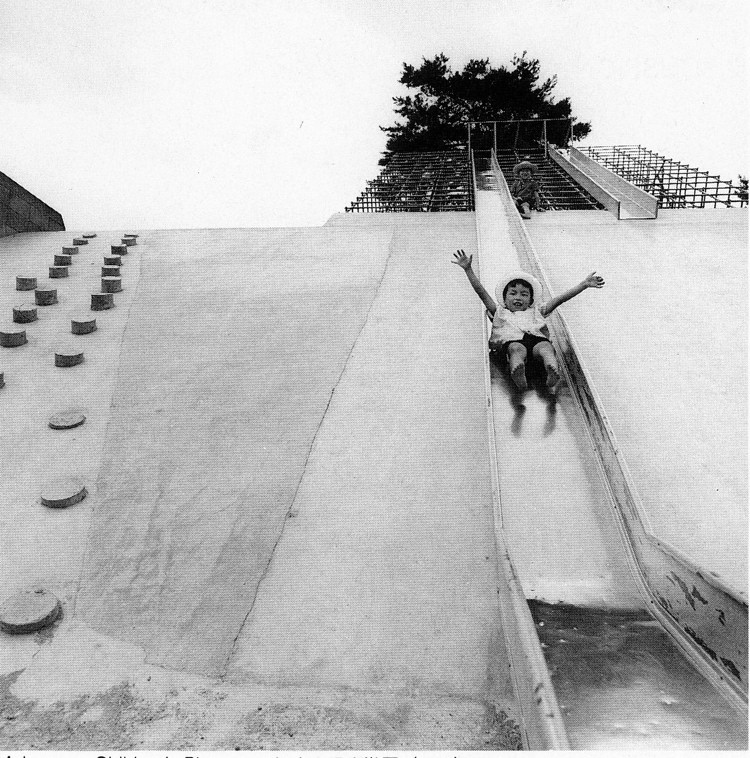
Mukoyama, Miyagi, children’s playground, 1969
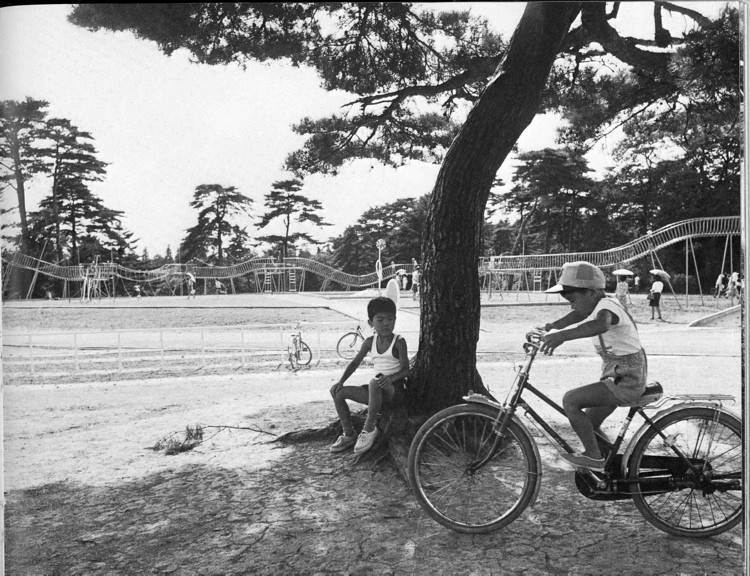
Mukoyama, Miyagi

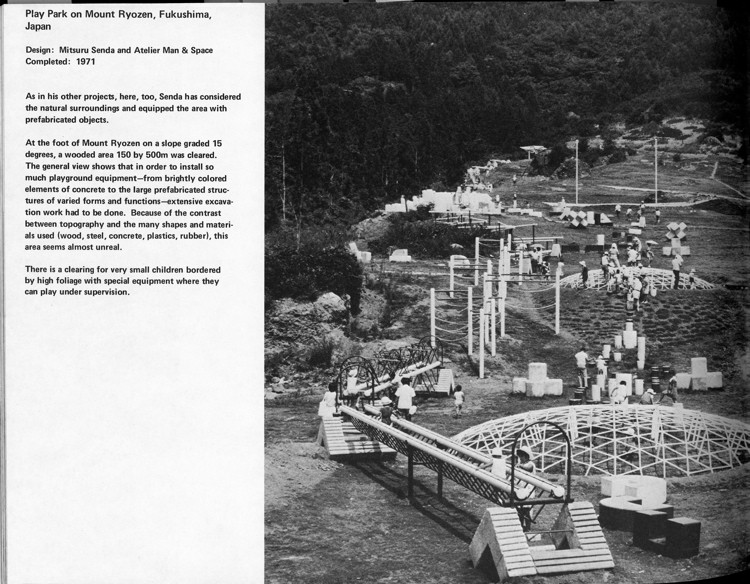
Ryozon, Fukushima, 1971

Shinkawa, 1971

Shinkawa, 1971
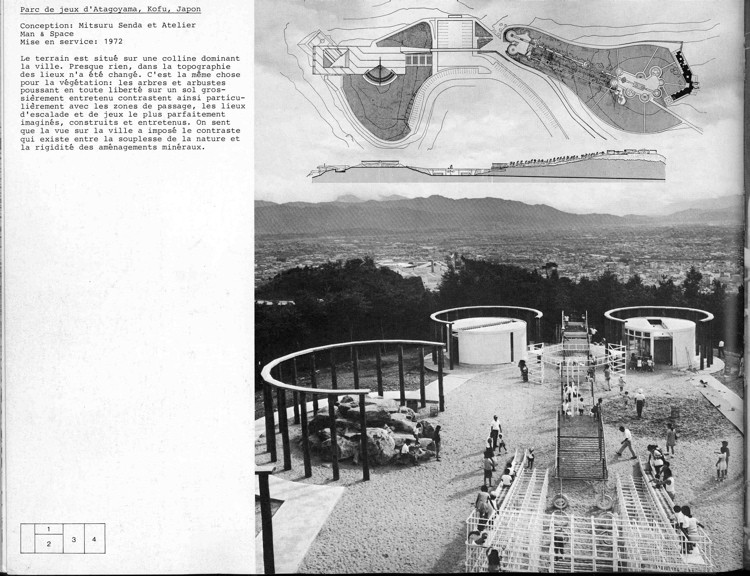
Atagoyama, Kofu, Japan
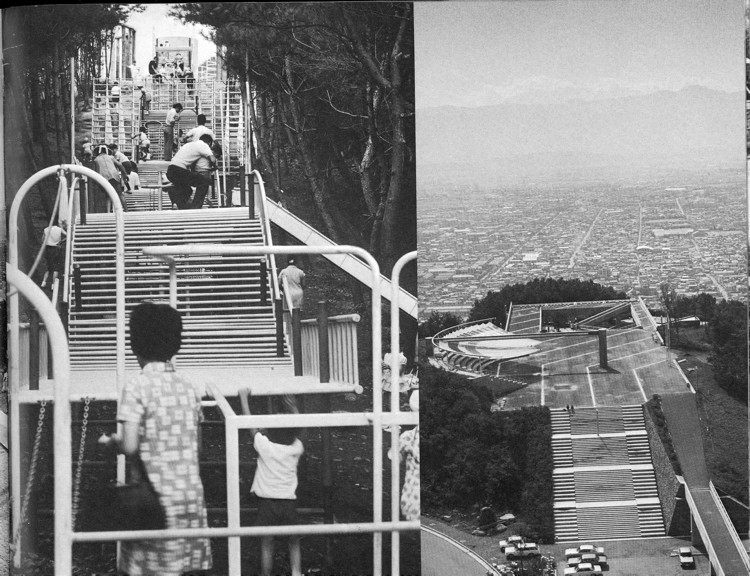
Atagoyama, Kofu, Japan, Children’s playground, 1972
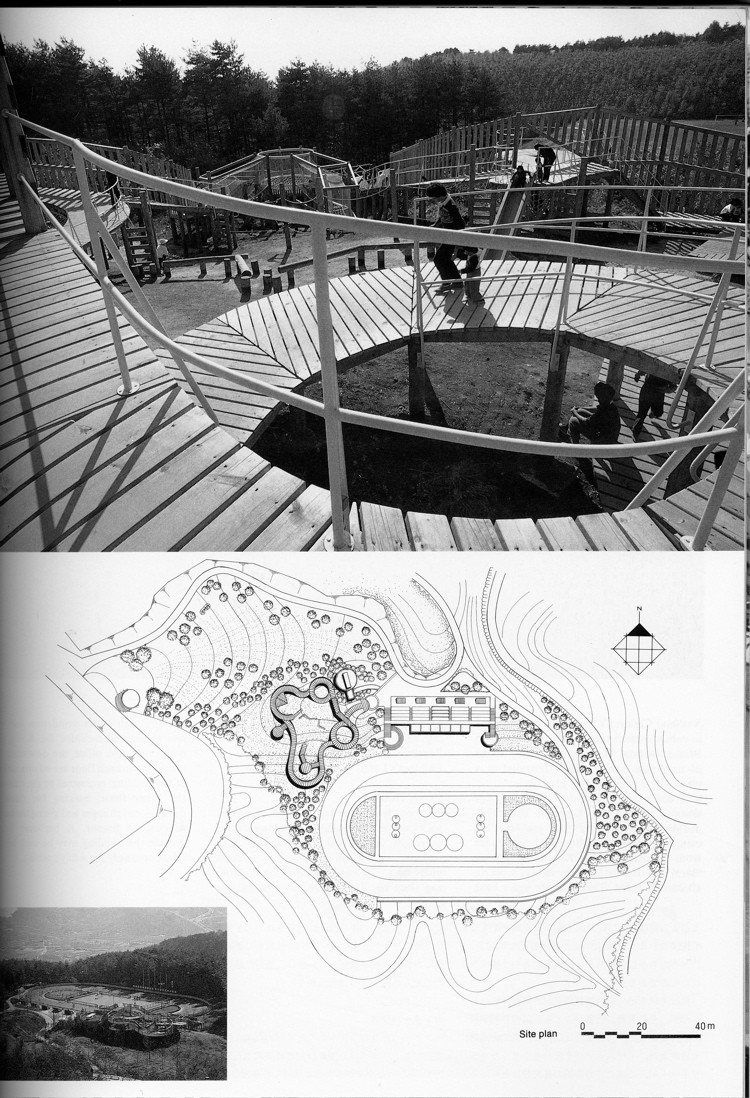
Toriidaira Yamabiko Park, Okaya, Jap., 1979-

Playland „Takebe no mori“, 1993. Okayama Prefecture
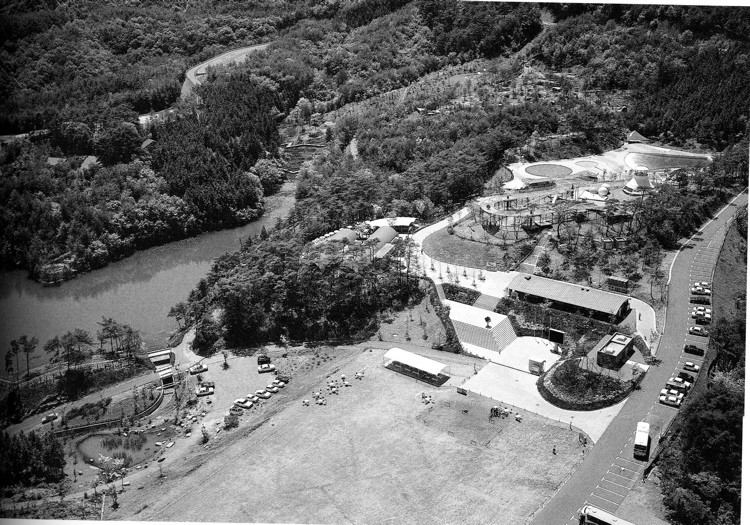
Playland „Takebe no mori“

Playland Takebe no mori

Mikumayama Children’s play park, Sumoto, Japan
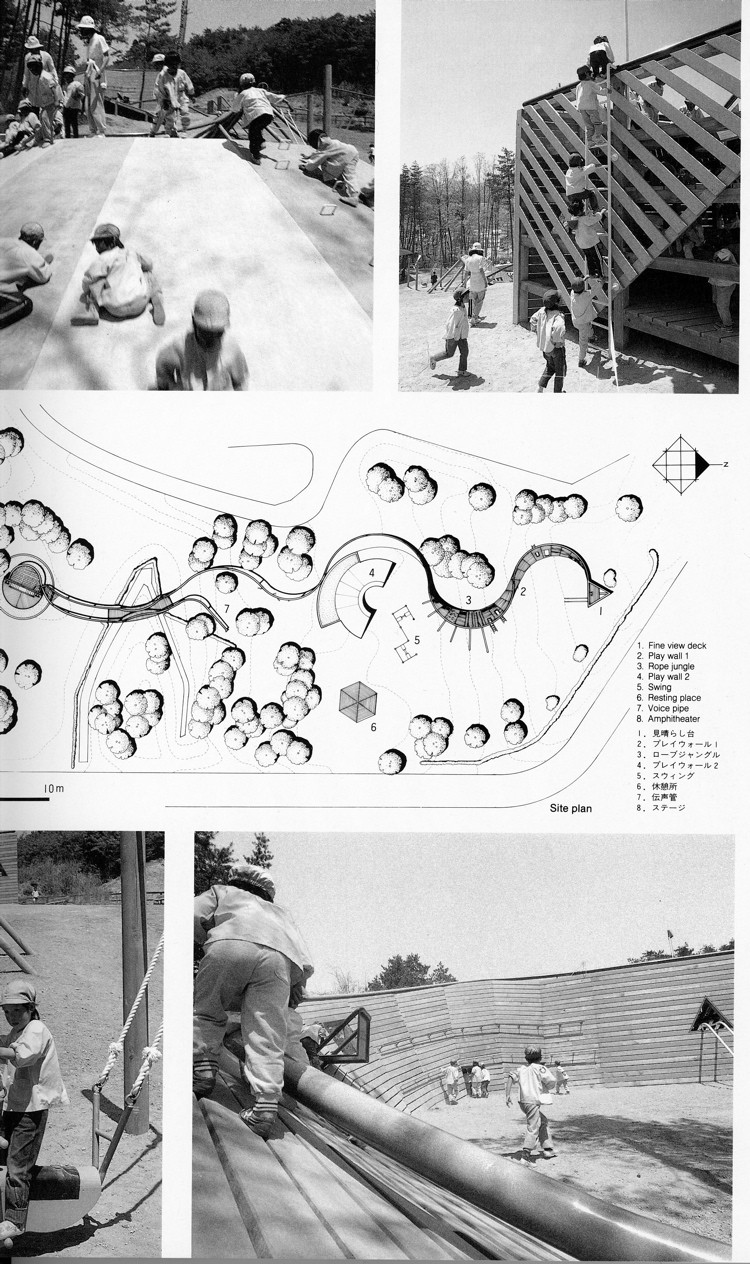
Ueda Children’s play park „Tastumakijo“
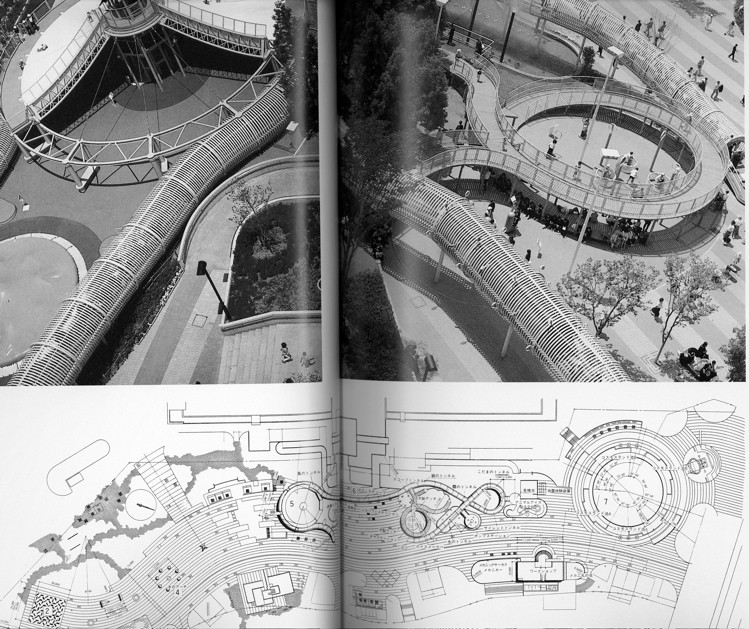
Children’s Plaza, Tsukuba Science Expo, 1985
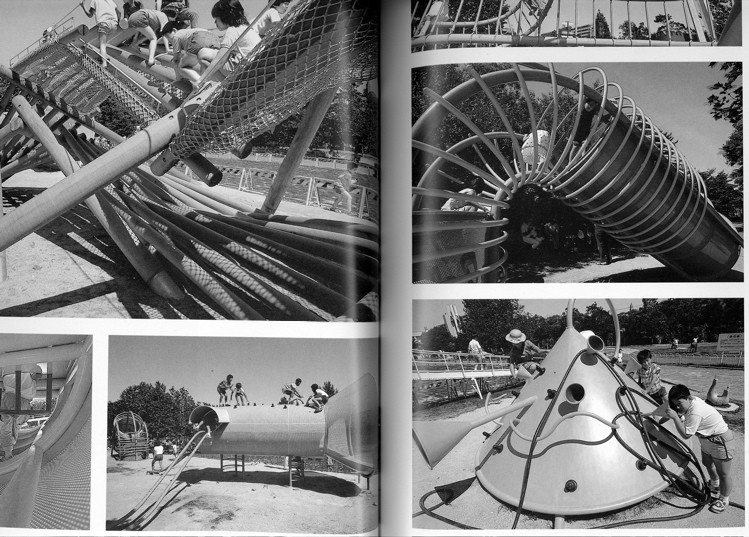
Nagoya Children’s play park, „Waiwai Plaza“
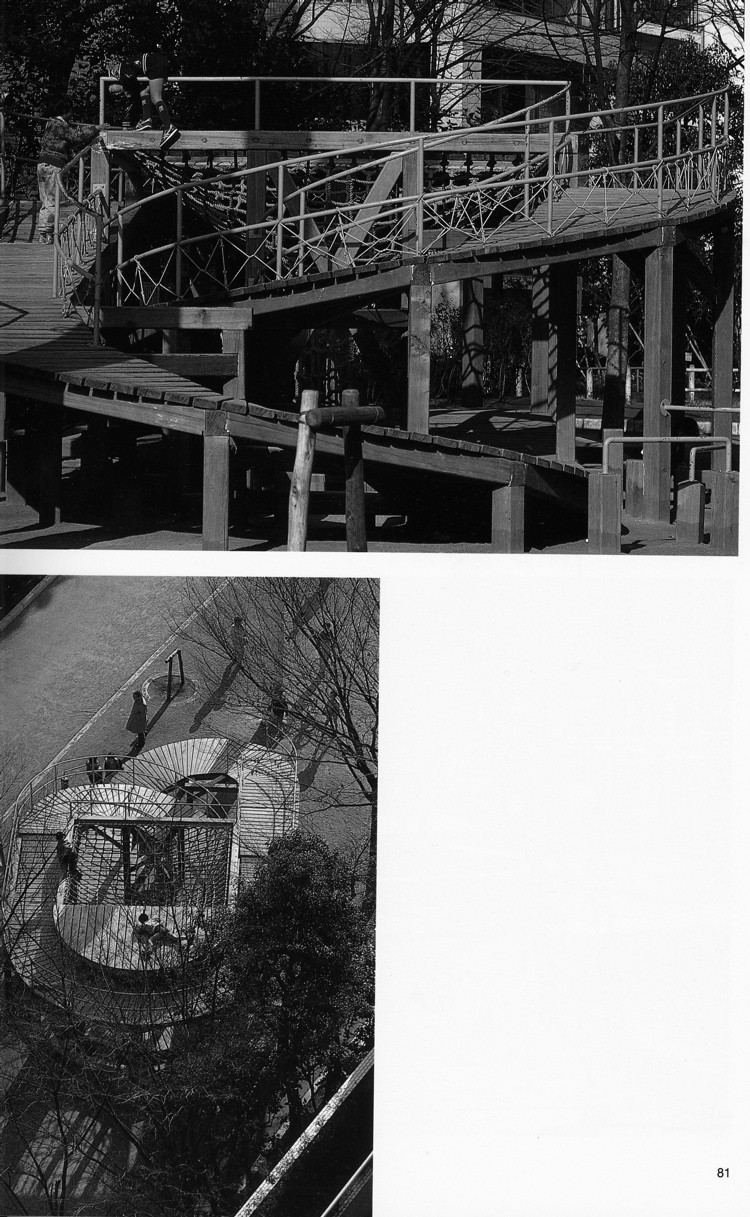
Circular play structure „Orbic“

Circular play structure „Running circuit“
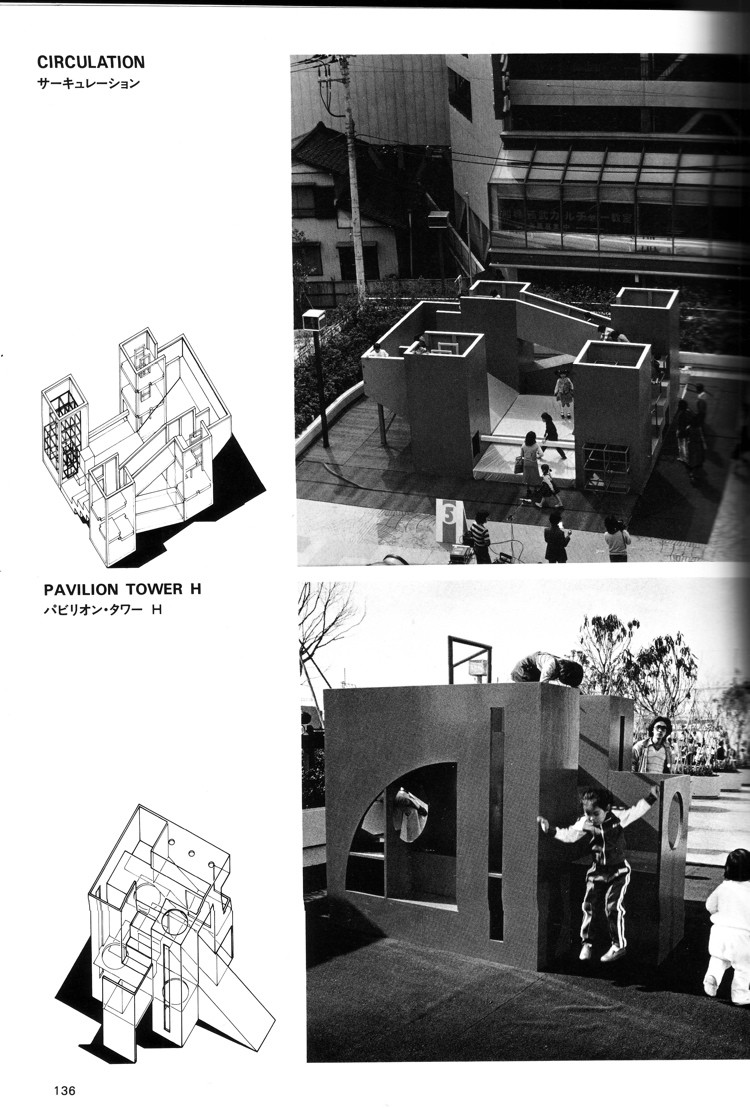
„Circulation“ „Pavilion Tower H“

„Station“ „W Boat/ Station“ (1979)
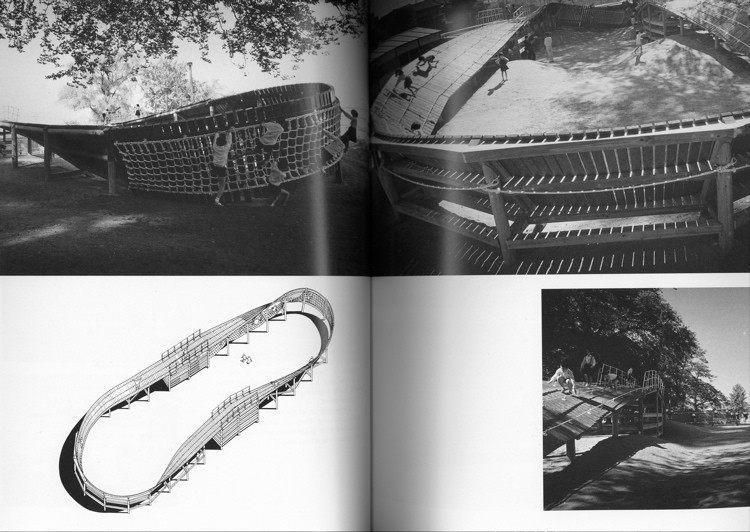
„Möbius Band“ Hita-shi (1982)

Pokotto, Moon Station, Triangle, Environment Design Institute

playhouse „Red House“ community play structure
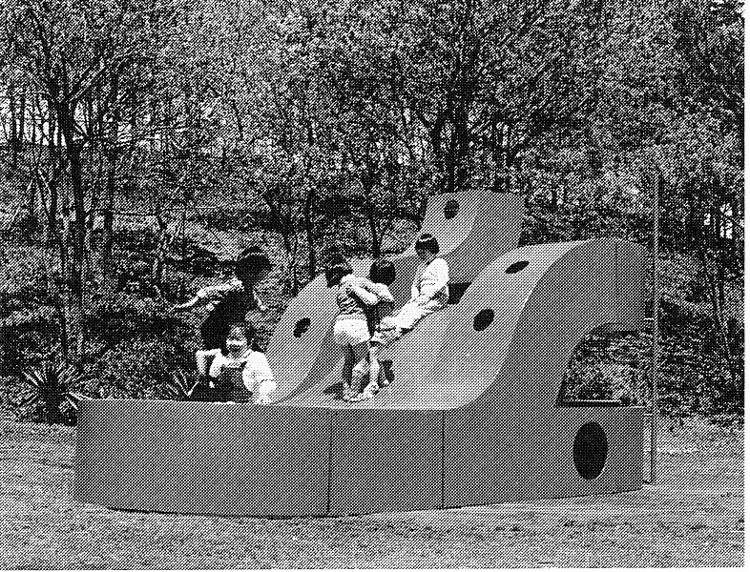
playhouse „Red shoe“ community play structure
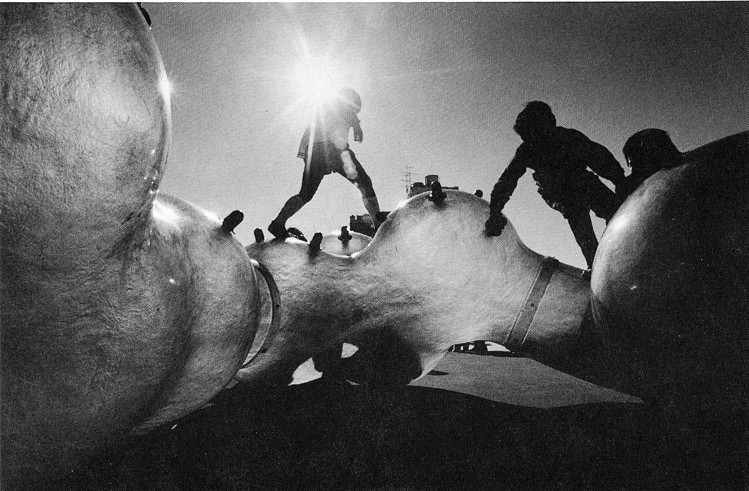
„Ping Pong“ (1979)

„Panel Tunnel“ (1976)

„Fortress of Winds“ (1982), Toriidaira Yamabiko Park (Okaya)
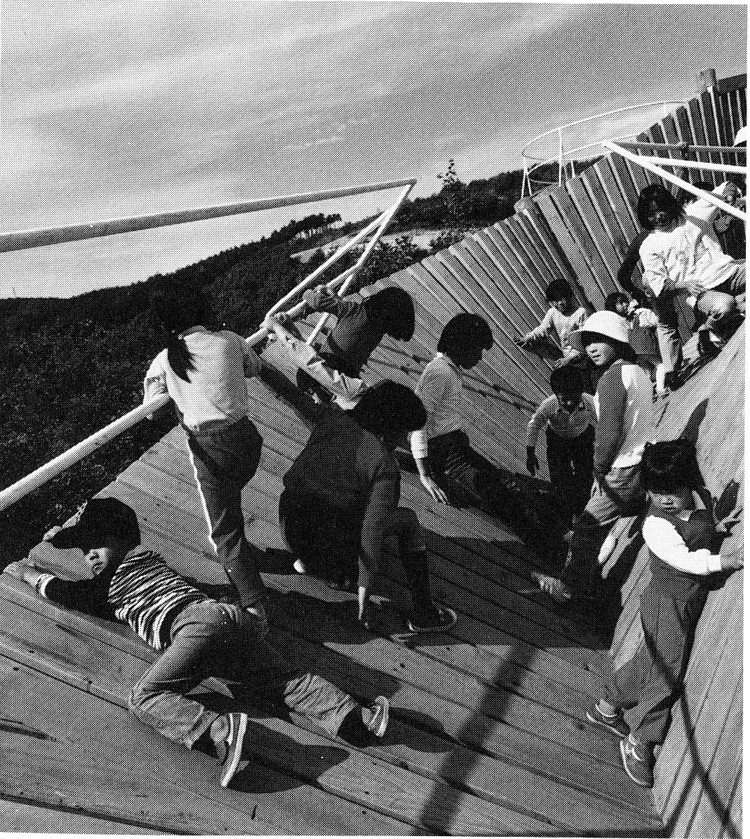
„Fortress of Winds“
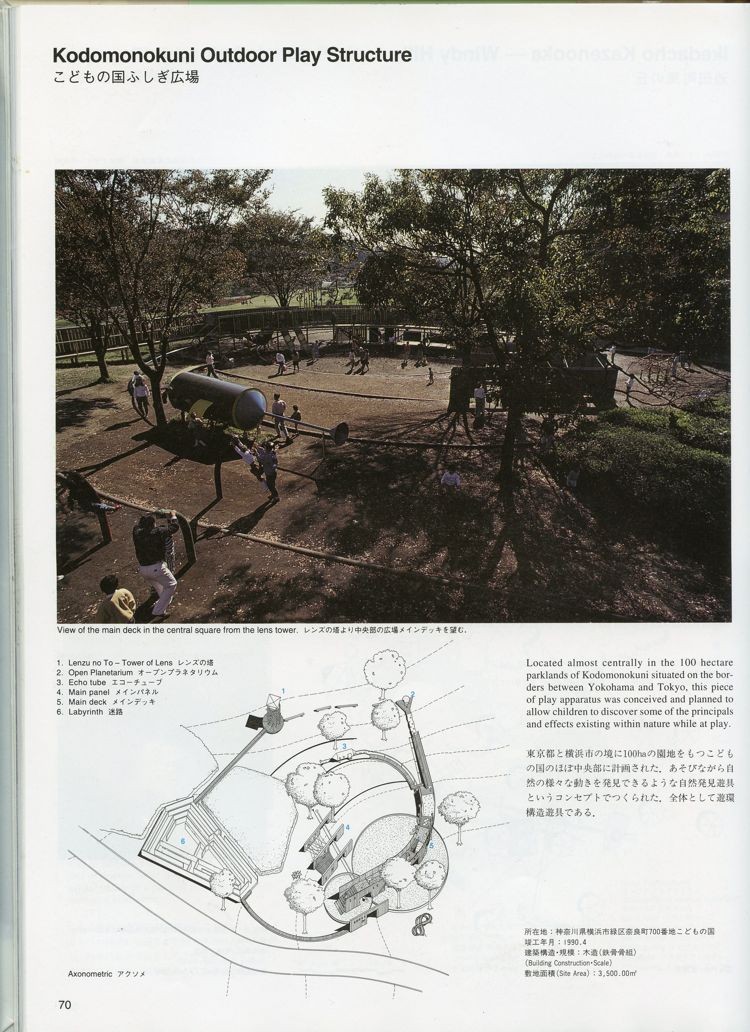
Kodomonokuni Outdoor Play Stucture, Yokohama/ Tokyo, 1990

Matsugaoka Park Play Stucture, 1991: Tonneru Gururin (Swirling Tunnel)
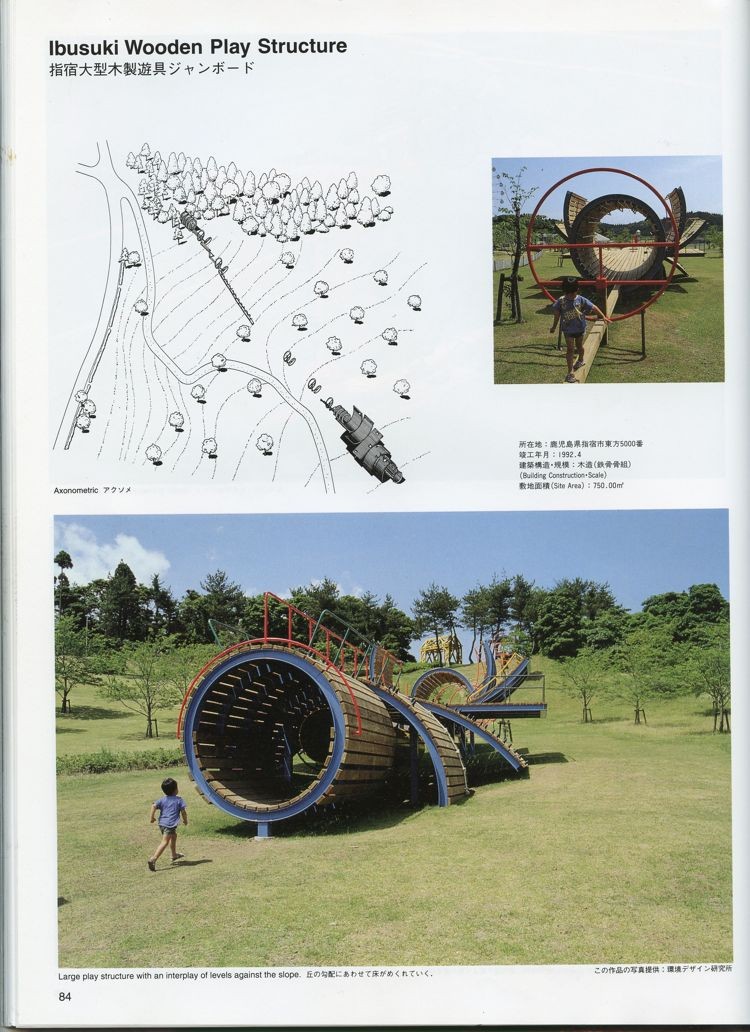
Ibusuki Wooden Play Structure, 1992